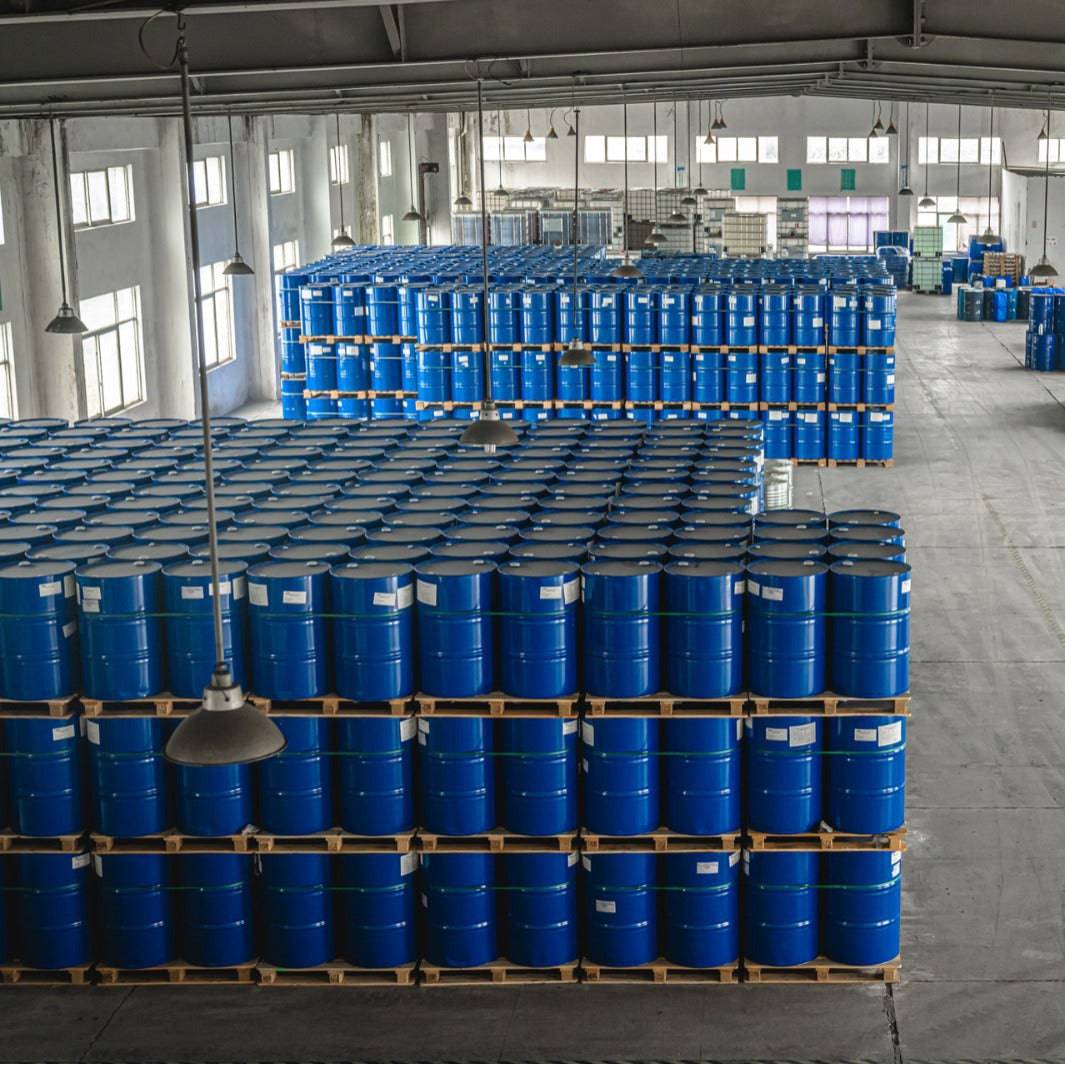Top Guidelines Of Chemie
Top Guidelines Of Chemie
Blog Article
Indicators on Chemie You Should Know
Table of ContentsChemie for BeginnersThe 6-Second Trick For ChemieChemie for DummiesThe 9-Minute Rule for ChemieChemie Can Be Fun For EveryoneSome Known Questions About Chemie.
By Bojanna Shantheyanda, Sreya Dutta, Kevin Coscia and David SchiemerDynalene, Inc. Fluid cooling, which can be attained using indirect or direct means, is utilized in electronic devices applications having thermal power thickness that may exceed safe dissipation through air cooling. Indirect fluid air conditioning is where heat dissipating electronic parts are literally divided from the fluid coolant, whereas in instance of straight cooling, the parts remain in direct contact with the coolant.However, in indirect air conditioning applications the electric conductivity can be essential if there are leaks and/or splilling of the fluids onto the electronic devices. In the indirect air conditioning applications where water based fluids with corrosion preventions are generally made use of, the electrical conductivity of the liquid coolant primarily depends on the ion focus in the fluid stream.
The increase in the ion focus in a closed loophole fluid stream may take place because of ion leaching from steels and nonmetal elements that the coolant liquid is in call with. Throughout procedure, the electrical conductivity of the liquid may raise to a degree which could be hazardous for the air conditioning system.
All About Chemie
(https://chemie999.carrd.co/)They are bead like polymers that are capable of exchanging ions with ions in a remedy that it touches with. In today work, ion leaching examinations were done with different metals and polymers in both ultrapure deionized (DI) water, i.e. water which is dealt with to the greatest levels of pureness, and low electric conductive ethylene glycol/water mixture, with the determined change in conductivity reported with time.
The examples were allowed to equilibrate at area temperature for two days prior to videotaping the initial electrical conductivity. In all examinations reported in this research study liquid electrical conductivity was determined to an accuracy of 1% utilizing an Oakton disadvantage 510/CON 6 series meter which was adjusted before each measurement.
Little Known Questions About Chemie.
from the wall heating coils to the center of the furnace. The PTFE example containers were placed in the furnace when consistent state temperatures were reached. The test configuration was gotten rid of from the heater every 168 hours (7 days), cooled to room temperature with the electric conductivity of the liquid determined.
The electric conductivity of the liquid example was kept track of for an overall of 5000 hours (208 days). Number 2. Schematic of the indirect shut loophole cooling down experiment set up - inhibited antifreeze. Table 1. Components utilized in the indirect closed loophole cooling experiment that touch with the liquid coolant. A schematic of the speculative configuration is shown in Figure 2.

The Main Principles Of Chemie
The adjustment in liquid electric conductivity was kept an eye on for 136 hours. The liquid from the system was gathered and kept.

0.1 g of Dowex material was contributed to 100g of fluid examples that was absorbed a separate container. The blend was stirred and alter in the electric conductivity at space temperature level was measured every hour. The determined change in the electrical conductivity of the UP-H2O and EG-LC examination fluids including polymer or steel when engaged for 5,000 hours at 80C is shown Number 3.
Facts About Chemie Revealed
Figure 3. Ion leaching experiment: Calculated adjustment in electric conductivity of water and EG-LC coolants containing either polymer or steel examples when submersed for 5,000 hours at 80C. The outcomes suggest that metals contributed fewer ions into the fluids than plastics in both UP-H2O and EG-LC based coolants. This could be due to a slim steel oxide layer which might work as an obstacle to ion leaching and cationic diffusion.
Fluids having polypropylene and HDPE displayed the most affordable electric conductivity modifications. This could be due to the brief, rigid, straight chains which are less most likely to contribute ions than longer branched chains with weak intermolecular forces. Silicone also executed well in both test liquids, as polysiloxanes are normally chemically inert due to the high bond power of the silicon-oxygen bond which would prevent destruction of the material right into the fluid.
More About Chemie
It would be anticipated that PVC would certainly produce similar outcomes to those of PTFE and HDPE based upon the comparable chemical structures of the materials, nevertheless there might be various other impurities existing in the PVC, such as plasticizers, that might affect the electrical conductivity of the liquid - inhibited antifreeze. Additionally, chloride groups in PVC can additionally leach right into the test liquid and can trigger a rise in electrical conductivity
Buna-N rubber and polyurethane revealed signs of degradation and thermal decay which suggests that their feasible utility as a gasket or sticky product at greater temperature levels might lead to application issues. Polyurethane totally broke down into the test fluid by the end of 5000 hour test. Figure 4. Before and after photos of metal and polymer samples immersed for 5,000 hours at 80C in the ion seeping experiment.
Measured modification in the electrical conductivity of UP-H2O coolant as a function of time with and without resin cartridge in the closed indirect cooling loop experiment. The measured adjustment in electric conductivity of the UP-H2O for 136 hours with and without ion exchange material in the loop is shown in Number 5.
Report this page